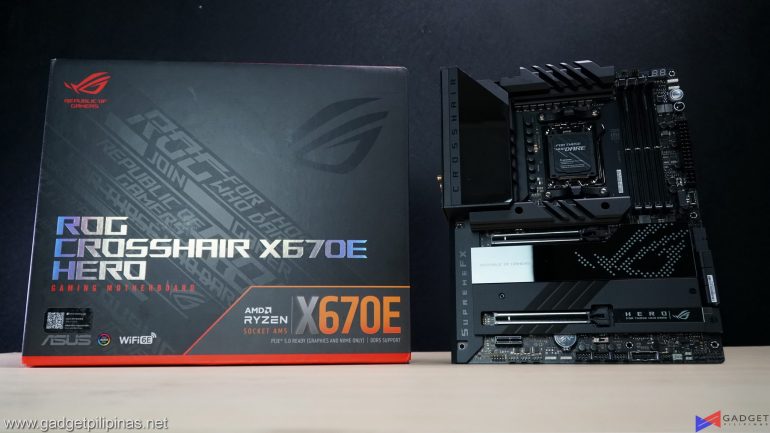AMD’s Ryzen 7000 series launch has sparked a lot of hype from the enthusiast community as it offers a competitive IPC uplift as well as new features such as PCI-E Gen 5 and DDR5 memory support. The new Ryzen 7000 series processors require a transition to an LGA 1718 AM5 Socket to support the bandwidth associated with the new features. AMD also took the opportunity to introduce a new motherboard tiering with the X670 Extreme chipset being the flagship for AM5 motherboards. The ASUS ROG Crosshair X670E Hero is one of the X670E motherboards available at launch and is the motherboard that we used in our Ryzen 9 7950X review. Let’s take a closer look at the Crosshair X670E Hero.
AMD X670E Chipset

Just like the previous 500 series chipset for the Ryzen 5000 series CPUs, the AMD 600 series chipsets differ mainly in bandwidth with the X variants aimed towards higher-end processors for overclocking. That said, AMD introduced Extreme variants of the X670 and B650 chipsets which translates to having PCI-E Gen 5 support on an x16 PCI-E slot. All motherboards support PCI-E Gen 5 NVMe storage, but only X670E motherboards will have full PCI-E Gen 5 support across all of their PCI-E slots.
ASUS ROG Crosshair X670E Hero Motherboard Specs
| Model | ASUS ROG Crosshair X670E Hero | ASUS ROG Crosshair X670E Gene |
|---|---|---|
| Price | Php 41,420 | Php 36,750 |
| CPU power delivery | 18-phase 110A | 18-phase 110A |
| Native M.2 | 4 (2 PCIe 5.0, 2 PCIe 4.0) | 1 (2 PCIe 5.0) |
| SATA | 6 | 4 |
| USB 20Gbps | 2 (I/O, board) | 2 (I/O, board) |
| Total rear USB | 12 | 10 |
| LAN | 1 2.5G | 1 2.5G |
| Physical PCIe x16 | 2 x16 PCIe 5.0 1 x1 PCIe 4.0 | 1 x16 PCIe 5.0 1 x1 PCIe 4.0 |
| Audio | ALC 4082 / ESS9128 DAC | ALC 4082 / ESS9128 DAC |
| RGB | Yes, one section | Yes, one section |
| USB 4 | 3 Addressable Gen 2 1 Aura RGB | 2 Addressable Gen 2 1 Aura RGB |
| Thunderbolt 4 | No | No |
| Wi-Fi | Intel Wi-Fi 6E AX210 | Intel Wi-Fi 6E AX210 |
| Fan headers | 7 | 6 |
| Video output | HDMI 2.1 | HDMI 2.1 |
| Form factor | ATX | mATX |
ASUS ROG Crosshair X670E Hero Motherboard Unboxing
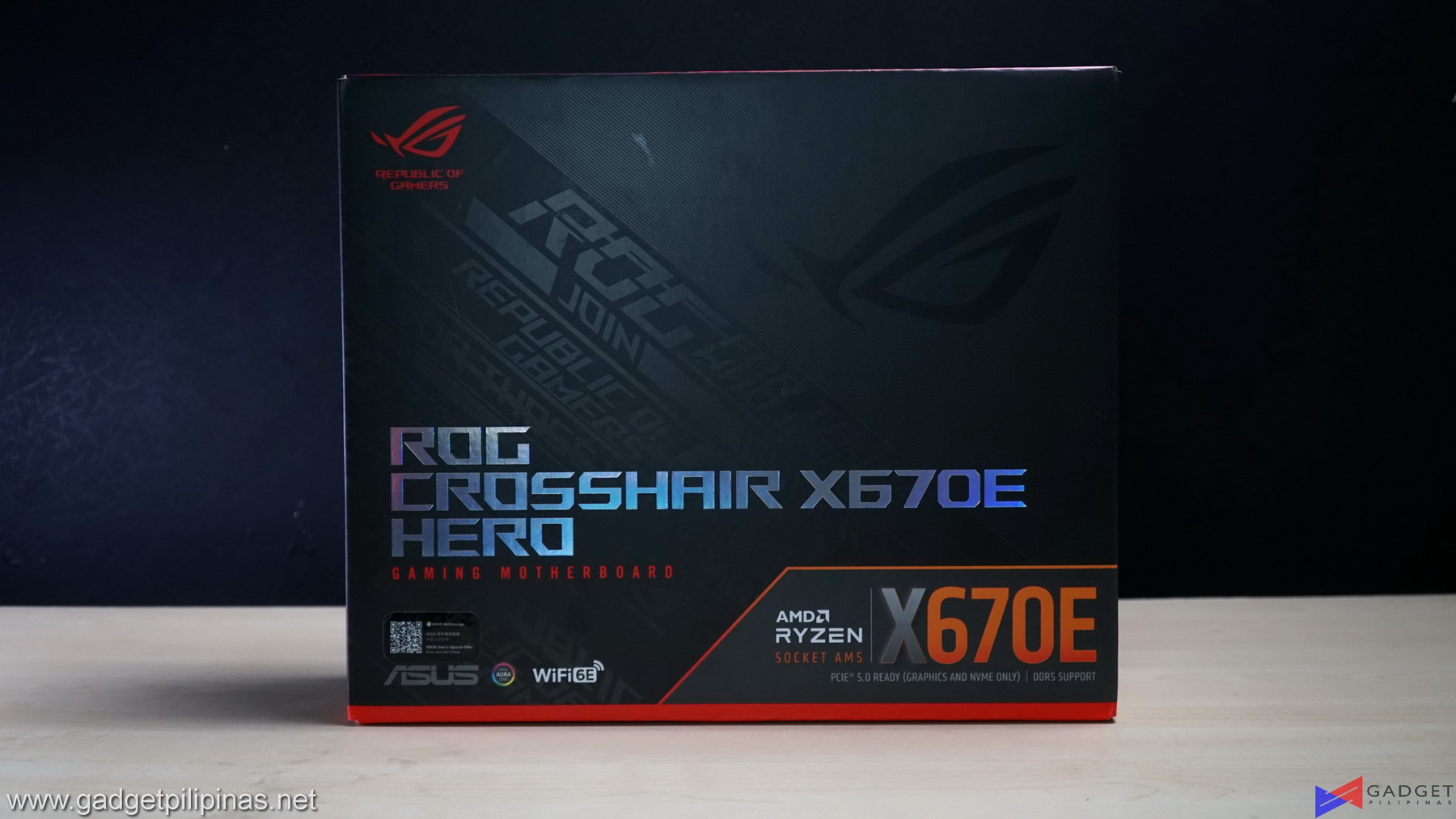
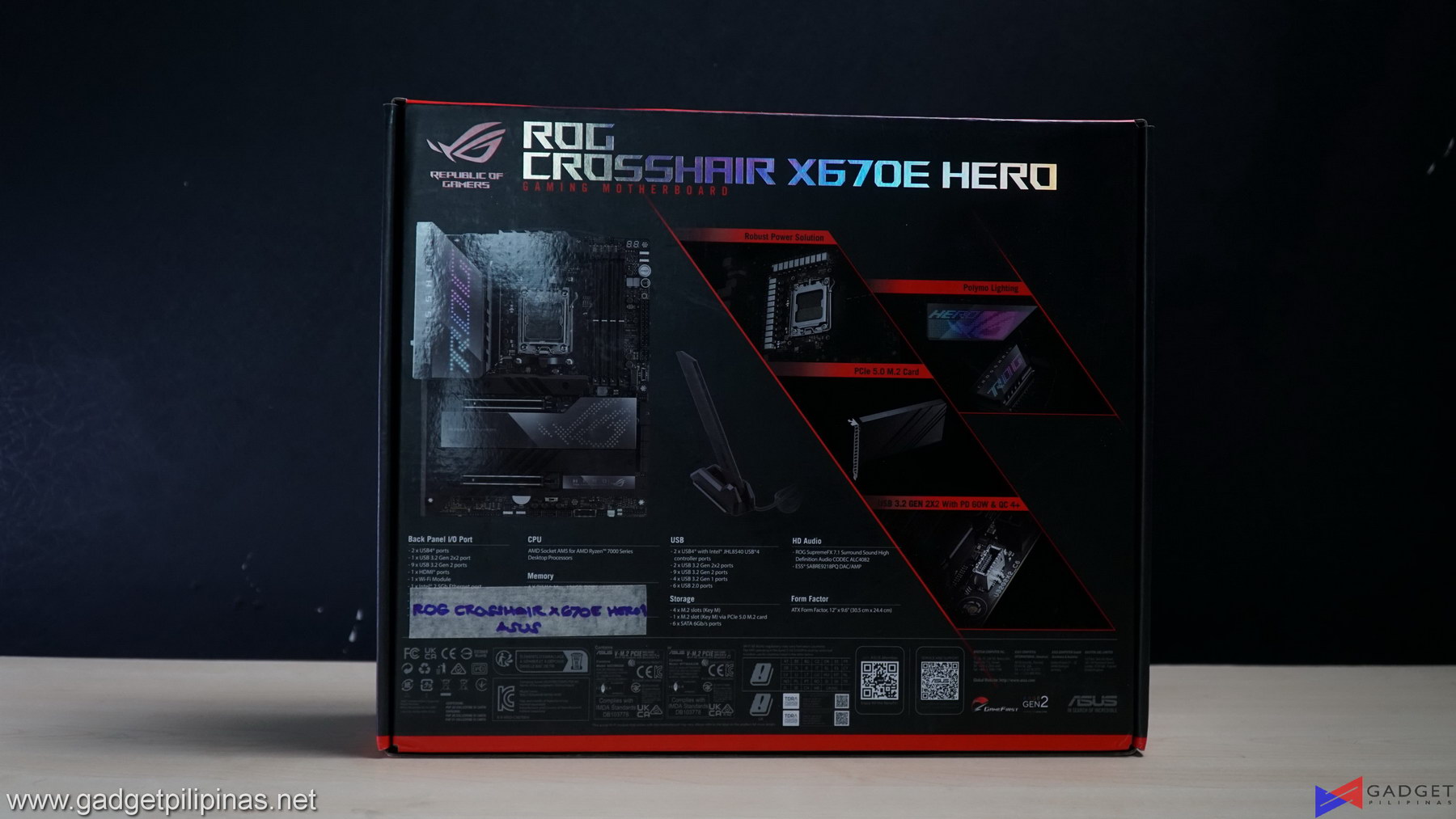
The ASUS ROG Crosshair X670E Hero comes in your typical ASUS ROG motherboard packaging. This time around, there’s no image of the motherboard at the front of the box. The back is a much simpler design with the first half showing the full image of the motherboard as well as the key specs while the other half shows its key features.
ASUS has decided to go for the chipset naming for its Crosshair series instead of continuing the roman numeral which would’ve been Crosshair IX for this generation. The new naming scheme removes the confusion on the chipsets and it’s easier to remember especially for non-enthusiasts.
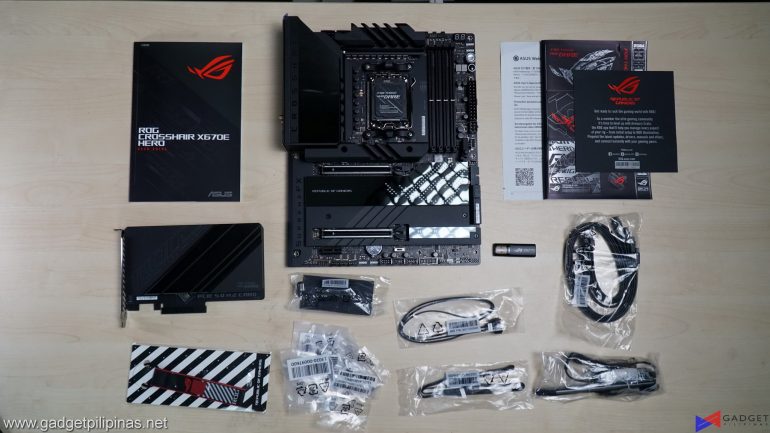
Contents of the packaging are as follows
- 4 x SATA 6Gb/s cables
- 1 x ASUS Wi-Fi moving antennas
- 1 x Cable ties pack
- 3 x M.2 Rubber Package
- 1 x ROG PCI-E 5.0 M.2 Card with Heatsink
- 1 x ARGB RGB extension cable
- 1 x RGB cable
- 1 x Q-connector
- 1 x M.2 Q-Latch package
- 1 x M.2 Q-Latch package for M.2 backplate
- 1 x ROG Graphics card holder
- 1 x ROG key chain
- 1 x ROG stickers
- 1 x ROG thank you card
- 1 x USB drive with utilities and drivers
- 1 x User manual
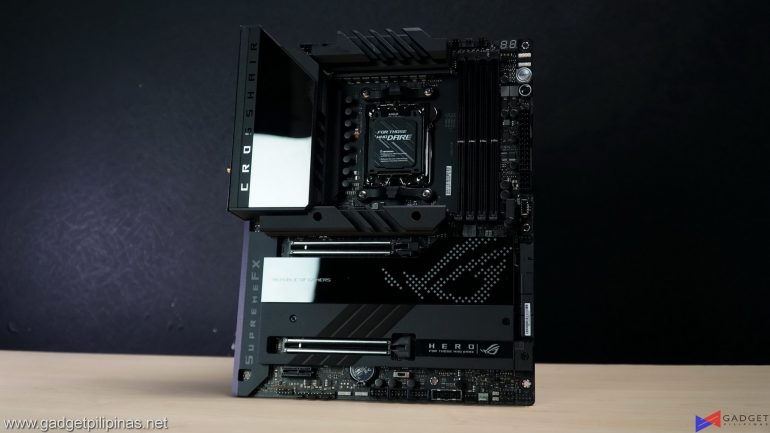
ROG Crosshair is the AMD counterpart of the ROG Maximus line which is the flagship motherboard series from ASUS ROG. The Crosshair line offers the best of what ASUS has to offer and are typically reserved for enthusiasts and overclockers. These motherboards are also often used by reviewers and to break world OC records thanks to its unparalleled durability and reliability. The ASUS ROG Crosshair X670E Hero sits in the middle of the ROG Crosshair lineup costing Php 17,600 less than the flagship Crosshair X670E Extreme variant.
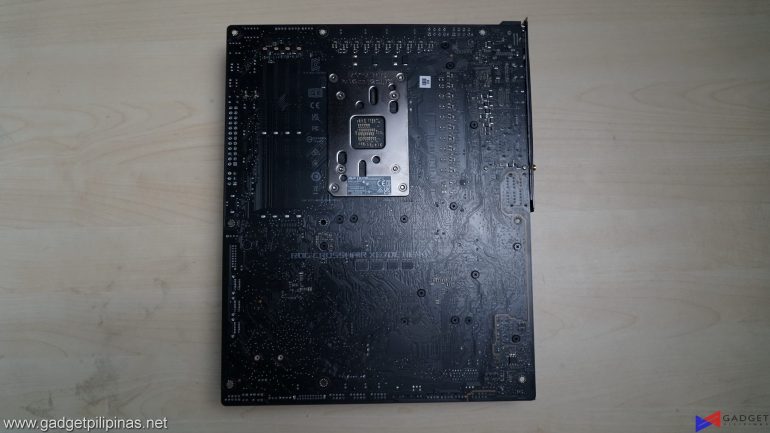
Unlike the previous ROG Strix Intel and AMD motherboards, the ROG Crosshair X670E Hero doesn’t have any design prints at the back as we’re only greeted with the model printed at the center of the motherboard.
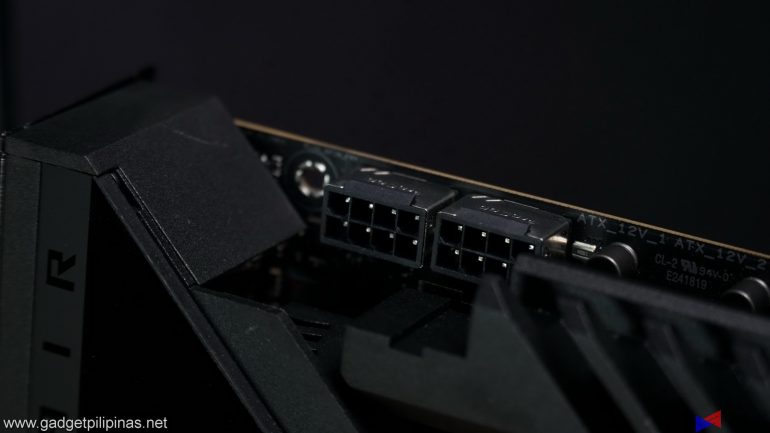
The ROG Crosshair X670E has two 8PIN EPS 12V connectors that utilize the same ProCool II technology which has solid-core pins and ensures secure contact with PSU cables.
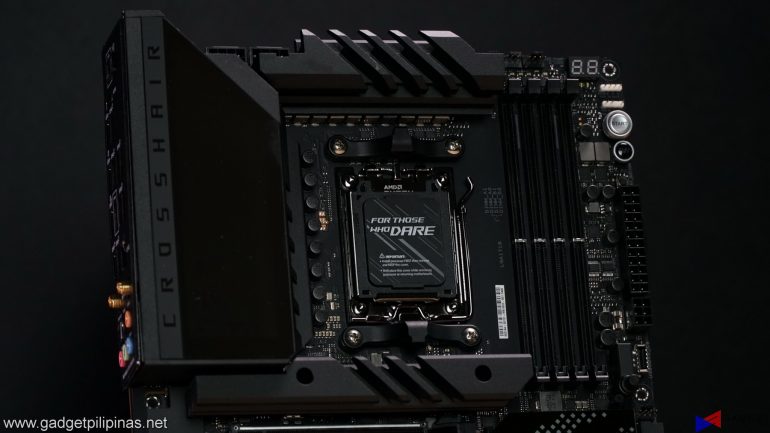
ASUS uses an 18+2 110A teamed configuration on the ROG Crosshair X670E Hero, 18 for the CPU and two for the SoC and memory. The VRM setup on the motherboard can easily handle the latest AMD Ryzen 7000 series processors even the flagship Ryzen 7 7950X with overclocking headroom as well.
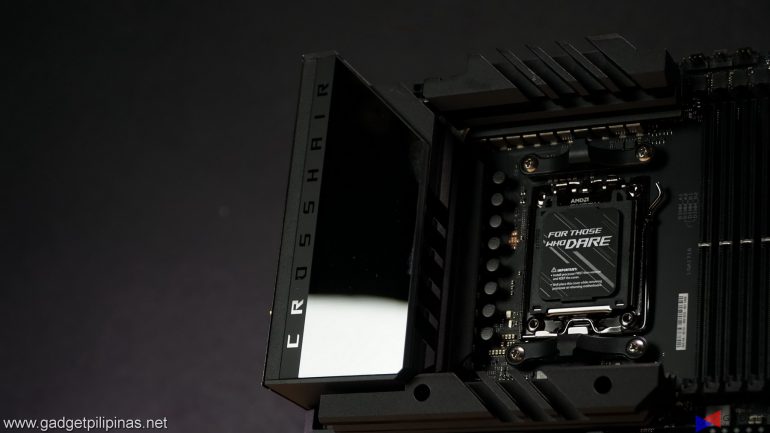
ASUS went for a clean yet premium look on the Crosshair X670E Hero. The usual edgy VRM heatsink is replaced with glass and RGB lighting underneath. The RGB lighting of the VRM heatsink uses the signature AniMe Matrix LED found on the ROG Zephyrus G14 as well as integrates Polymo Lighting, a dual layered lighting design to match the anime matrix design. The same reflective black glass can be seen at the bottom part of the motherboard where the chipset is located.
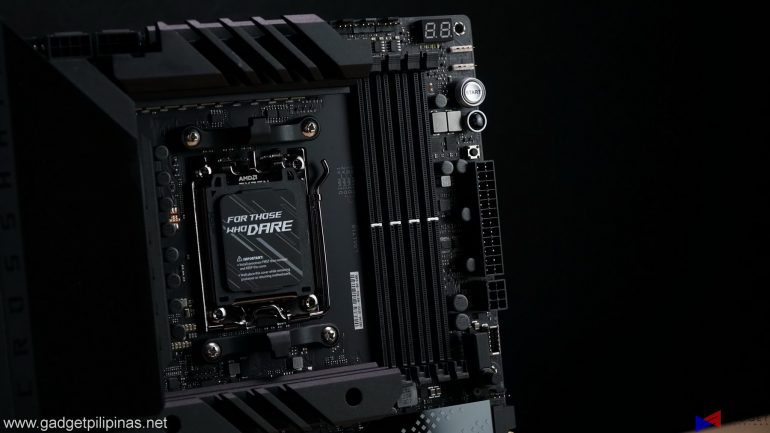
AMD Ryzen 7000 series and AM5 motherboards are the first from the brand to support DDR5 memory leaving DDR4 out entirely for this generation. The debut of DDR5 for AMD CPUs also comes with AMD Expo memory technology. In simpler terms, it’s XMP but for AMD. ASUS has reportedly been active in working with major vendors to validate most of the EXPO-ready memory modules at launch with the fastest speed tested at 6,400MHz.
Aside from EXPO, ASUS motherboards including the ROG Crosshair X670E Hero, also support both AEMP and DOCP. AEMP is a feature first introduced on ASUS Z690 motherboards which enables locked early DDR5 kits to be overclocked up to DDR5-6400. DOCP can be enabled on DDR5 kits that do not yet have EXPO certification but have been validated for ROG X670E motherboards.
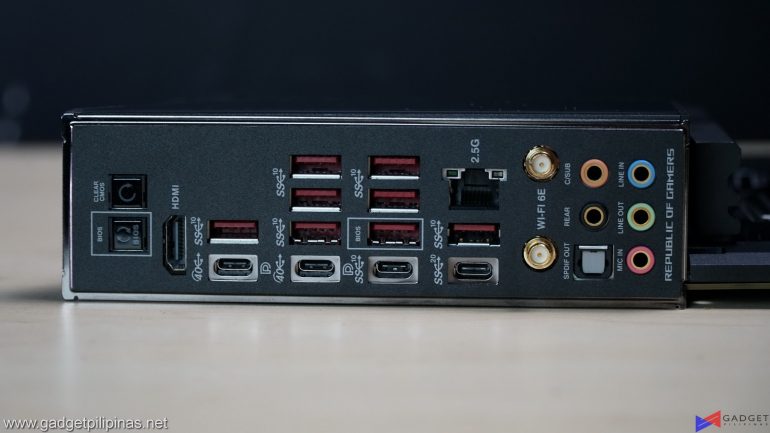
Ports have significantly increased compared to the previous X570 motherboards and have much higher bandwidth. There are 9 USB 3.2 Gen 2 ports, two USB 4 Type-C ports, one USB 3.2 Gen 2×2 Type-C port, one 2.5GbE ethernet port, and one HDMI port. There’s also the standard gold-plated audio jacks and Asus’ signature Clear CMOS and BIOS FlashBack buttons.
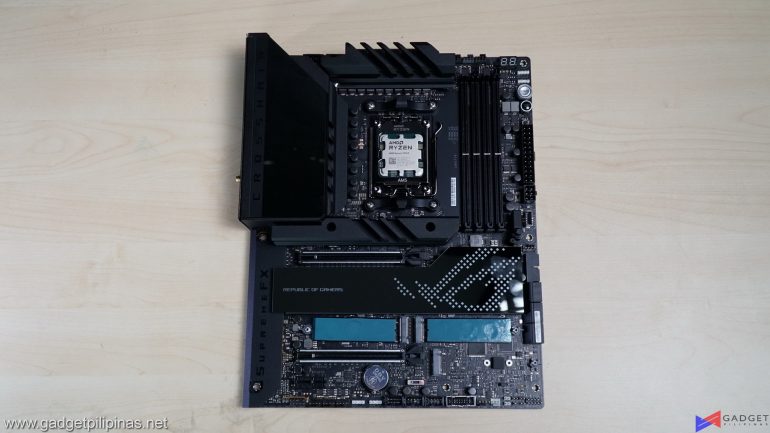
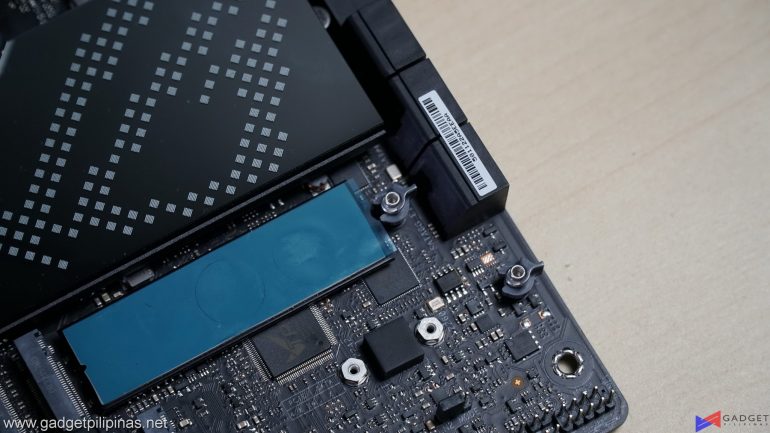
ASUS veered away from placing its M.2 slots just beneath the first PCI-E x16 slot for better thermals and accessibility. There are three PCI-E Gen 5 M.2 slots, one above the Gen 5 x16 slot, two above the second x16 slot, and one PCI-E Gen 4 M.2 slot at the bottom. Two of the PCI-E Gen 5 M.2 slots and the Gen 4 M.2 slot share one heatsink. ASUS also brought in both Q-Latch and Q-Release features found on the Z590 and Z690 motherboards to the ROG Crosshairs X670E Hero making PC builds a lot easier.
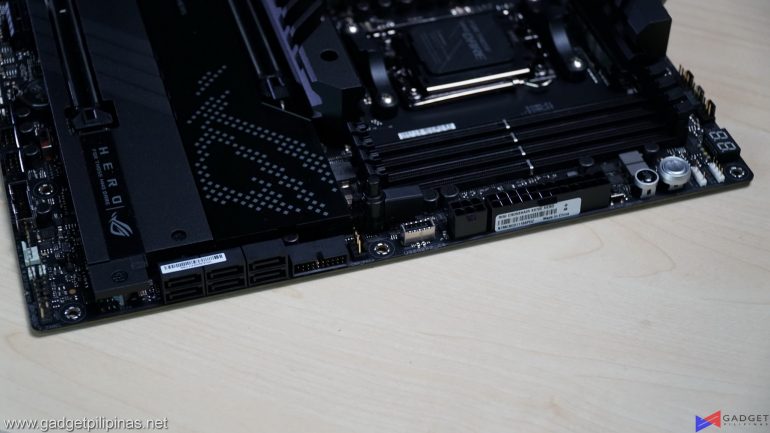
SATA and USB 3.0 connectors are angled for better cable management. There’s an additional 6-pin PCI-E connector between the 24pin ATX connector and USB 3.2 Gen 2×2 Type-C front panel connector. The extra 6-pin connector is used to provide 60W charging for the front panel type-c via Quick Charge 4+ technology. Do note that you need a 3A type-C cable in addition to plugging in the 6-pin cable to utilize Quick Charge 4+.
Benchmark Setup and Methodology
Gadget Pilipinas’ testing philosophy is to provide detail-oriented results as accurately as possible so that our readers can replicate our tests given that these conditions are met. Different benchmarking apps and sequences are used depending on the component or device being tested.
AMD Ryzen 9 7950X Testbench Specs
| CPU | AMD Ryzen 9 7950X |
| COOLER | ASUS ROG RYUJIN II 360mm V2 – Noctua NT-H2 Thermal Paste |
| MOTHERBOARD | ASUS ROG Crosshair X670E Hero | ASUS ROG Crosshair X670E Gene |
| MEMORY | GSkill Trident Z5 Neo 32GB(2x16GB) 6000 Mhz DDR5 |
| GPU | Inno3D RTX 3080 Ti iChill X4 | 516.94 driver |
| STORAGE | Kingston KC3000 1TB PCI-E Gen 4 SSD |
| POWERSUPPLY | ROG Thor 1000W Platinum II PSU |
| OPERATING SYSTEM | Windows 11 Pro Build 22000 |
| DISPLAY | Lenovo Legion Y27Q Gaming Monitor |
We use CapFrameX 1.7.0 Beta as our primary FPS capture and analysis tool for all our gaming benchmarks. The latest build version of Windows 11 Pro, and WHQL-certified drivers are used for our benchmarks. Readings such as temperatures and power draw are recorded using HWINFO64, and other relevant software for cross-checking.
ASUS ROG Crosshair X670E Hero Benchmarks
SuperPI 32M
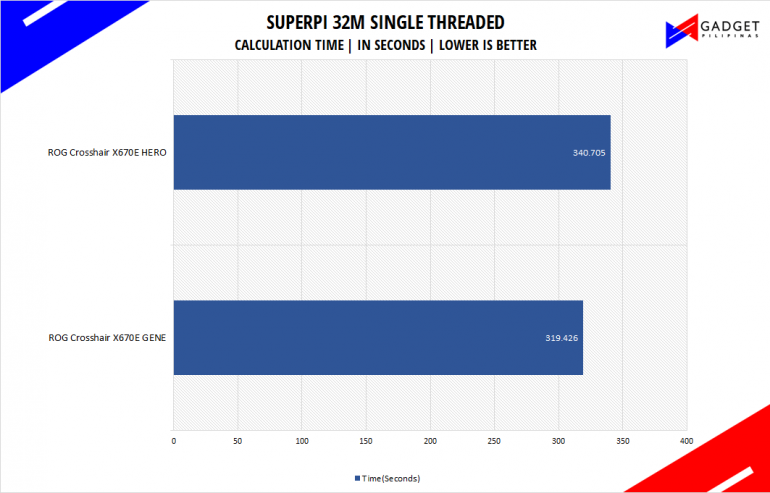
SuperPI is a single-threaded benchmark application that lets the CPU calculate Pi(π) to the nth digit. In this benchmark, we selected the Pi calculation to 32M, the highest available in the software
wPrime 1024M
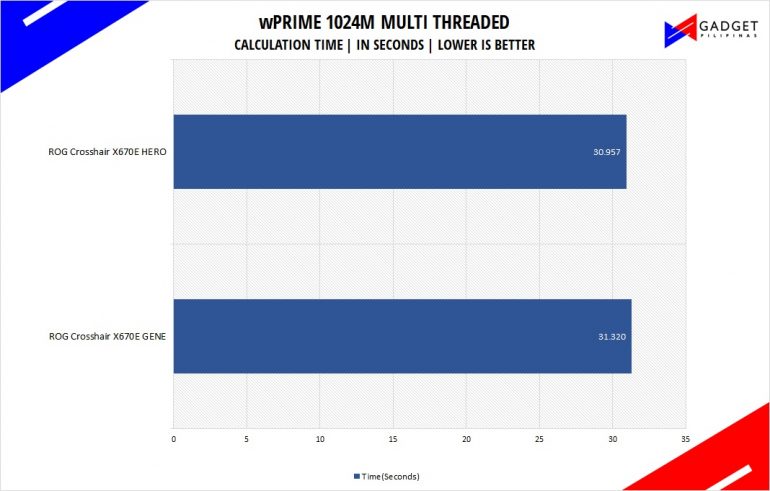
wPrime is a benchmark tool similar to SuperPI, but the former takes on finding prime numbers using Newton’s Method. The benchmark is set to calculate 1024 million prime numbers, and the performance is measured according to calculation time.
AIDA64 Memory Benchmark
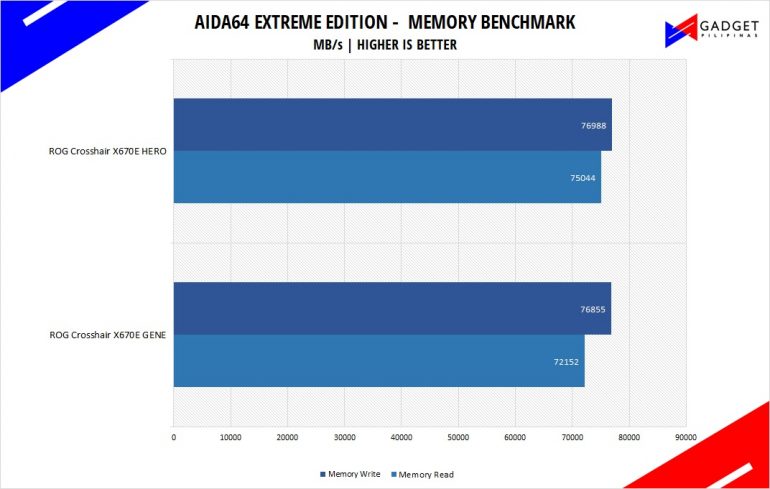
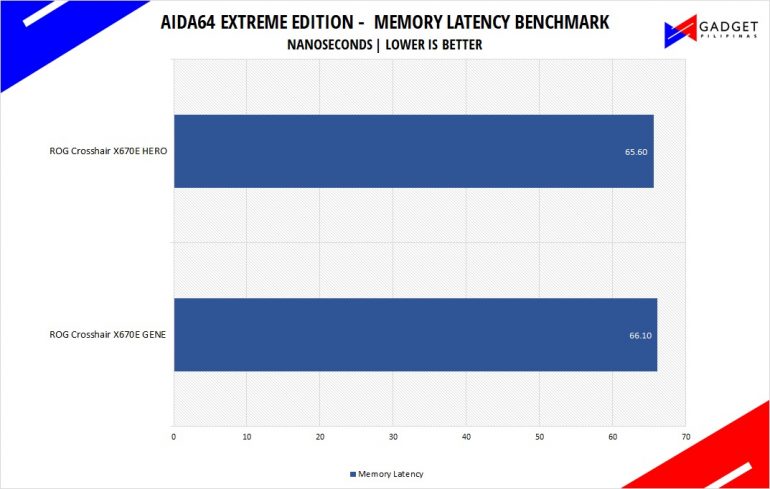
AIDA64 is a very popular and powerful monitoring tool, as well as a benchmarking application. AIDA64 is commonly used to stress test CPUs, especially testing if an overclock is stable. We used AIDA64’s Memory Benchmark to measure the data transfer bandwidth of the system memory.
GeekBench 5.4.5
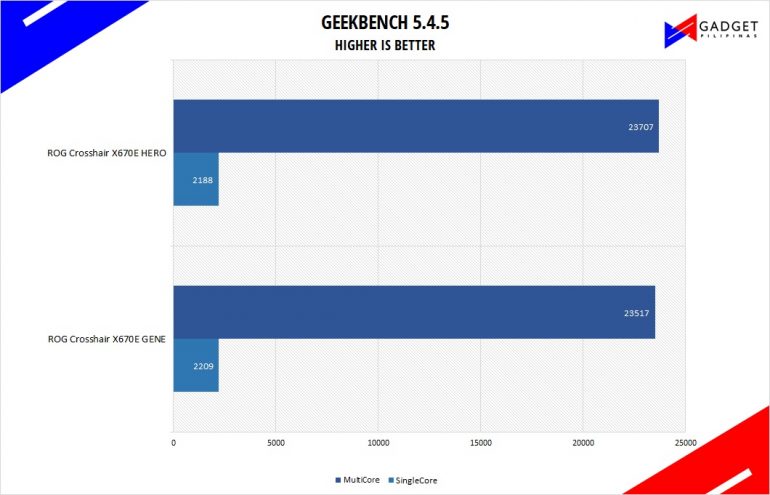
Geekbench is a multi-platform benchmark used to gauge CPU performance and compare them across Windows, Mac, and Mobile. Geekbench 5 is the latest version and doesn’t rely on memory than the previous Geekbench 4, making it a great tool to measure both single-core and multi-core CPU performance.
CINEBENCH R20 & R23
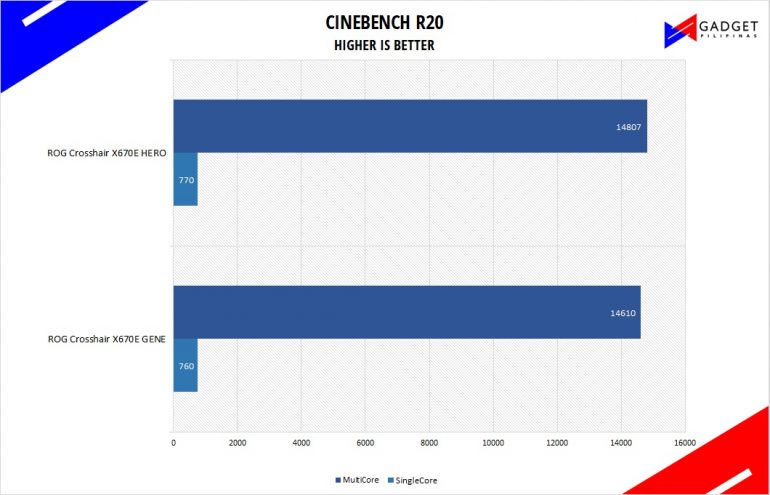
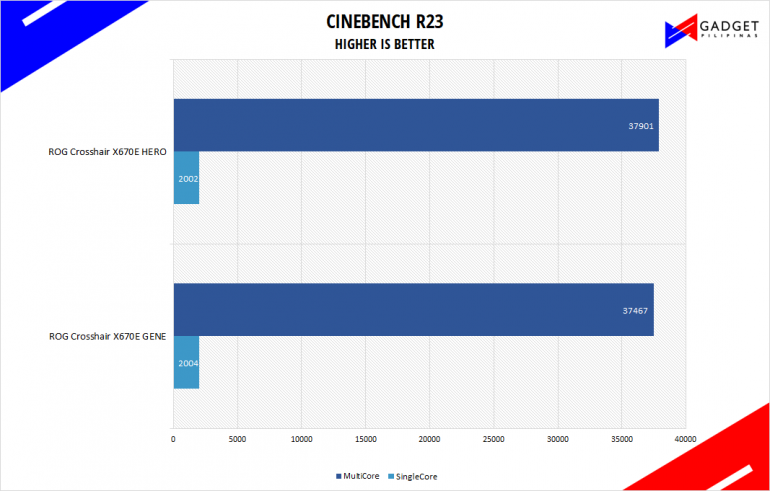
Maxon’s Cinebench benchmark is one of the most iconic benchmark applications used by reviewers and enthusiasts. The latest Cinebench R20 uses the latest rendering architectures, including Intel’s Embree ray tracing technology and other advanced features from AMD and Intel that allow users to render the same scene on the same hard. Cinebench R20 uses a larger and more complex testing scene than Cinebench R20 by about 8x computational power and requires 4x the memory.
PCMark10
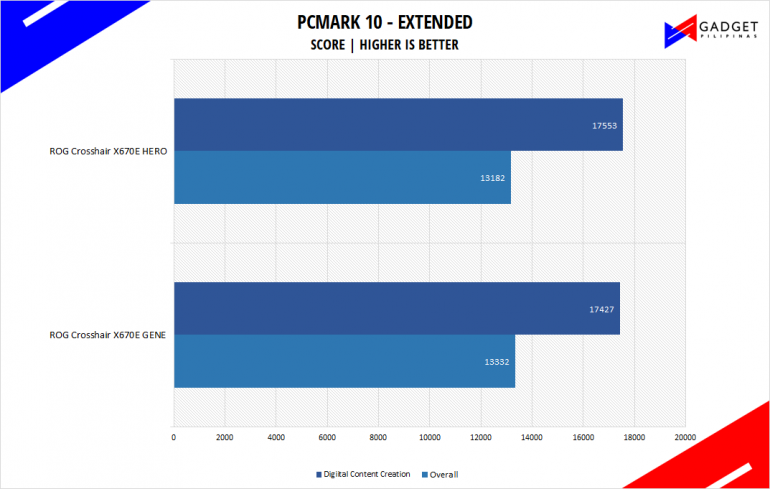
From the same developers of the popular game benchmarking tool 3DMark, PCMark 10 is a benchmarking app for measuring a whole PC’s performance. It covers a wide variety of tests to reflect common tasks performed in a modern workplace. We selected PCMark 10’s extended benchmark and reported both the overall score and Digital Content Creation Score.
RealBench 2.56
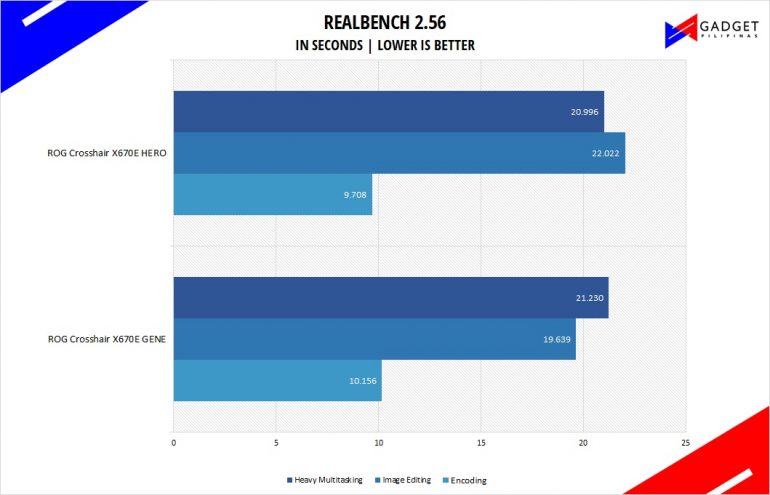
Realbench, developed by ASUS, is a benchmark application that uses real, open source applications to test your PC’s performance as it would perform in real life. There are three tests available with each test using different parts of the PC’s subsystem so that all areas are covered. Instead of using the individual and total scores, we choose to display the completion time in seconds for a more measurable metric.
V-RAY 4.10 & 5
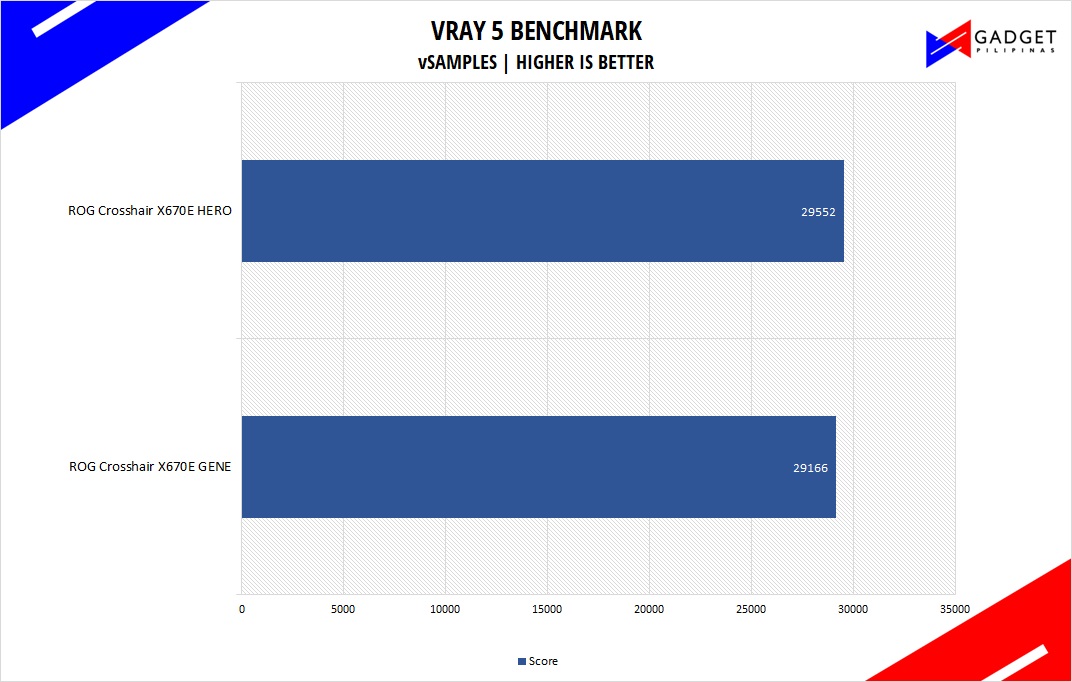
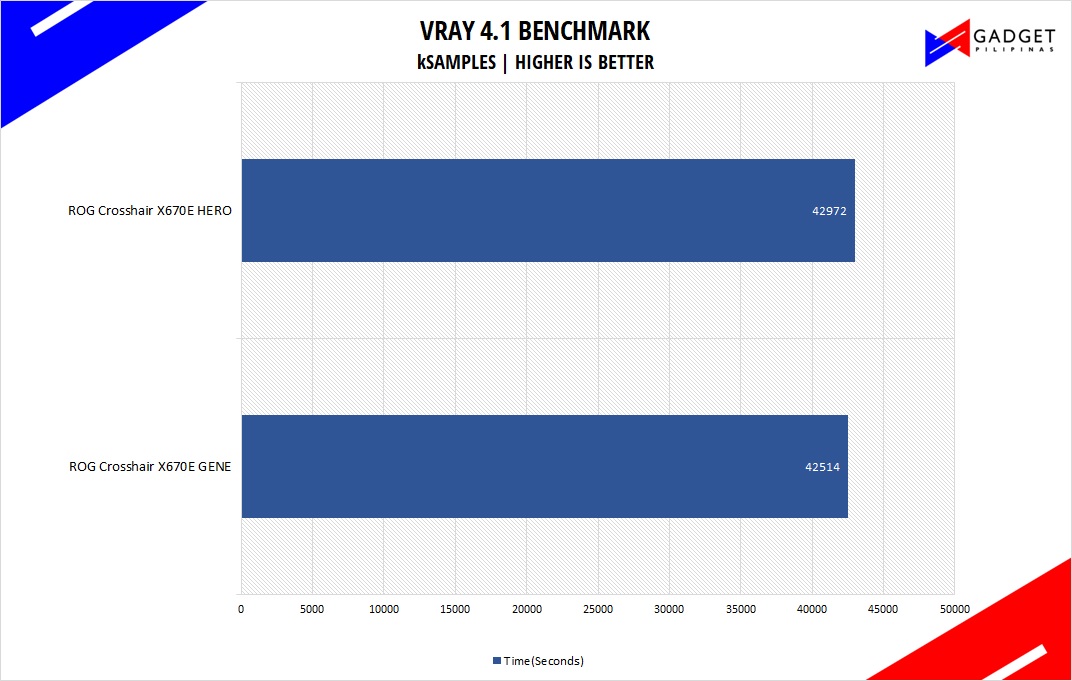
V-Ray Benchmark is a stand-alone version of V-Ray developed by Chaos Group. It is designed to test the CPU and GPU by rendering sample scenes at a fixed amount of time. V-Ray is a plug-in mostly utilized by 3D computer graphics software applications mainly for industrial design, product design, architecture, film, and video game production. V-Ray is not limited to 64-threads as it supports multi and mega-threading.
BLENDER
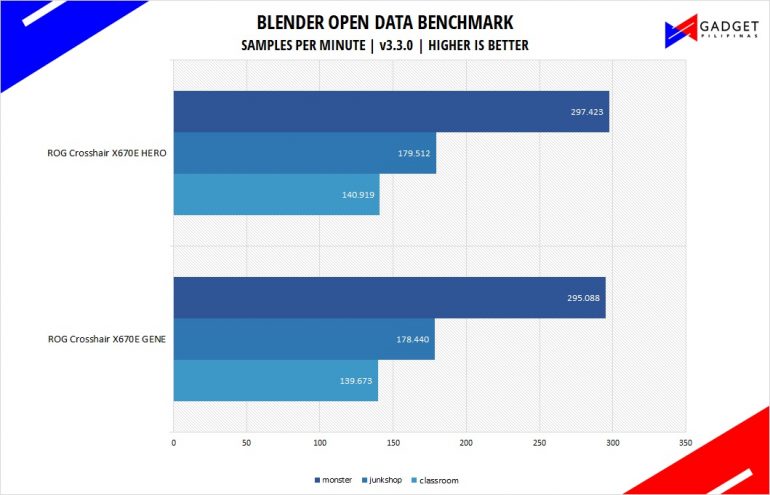
Blender is a widely used, free, open-source 3D creation suite. It supports the whole 3D pipeline process from modeling, rigging, animation, simulation, rendering, and even motion tracking. Blender has become a standard for CPU benchmarks with the BMW27 and Classroom scene most used. This prompted the company to release Blender Open Data Benchmark in 2018, a benchmark-specific version that allows users to run a preset benchmark and share the results online similar to 3D Mark.
CORONA RENDERER
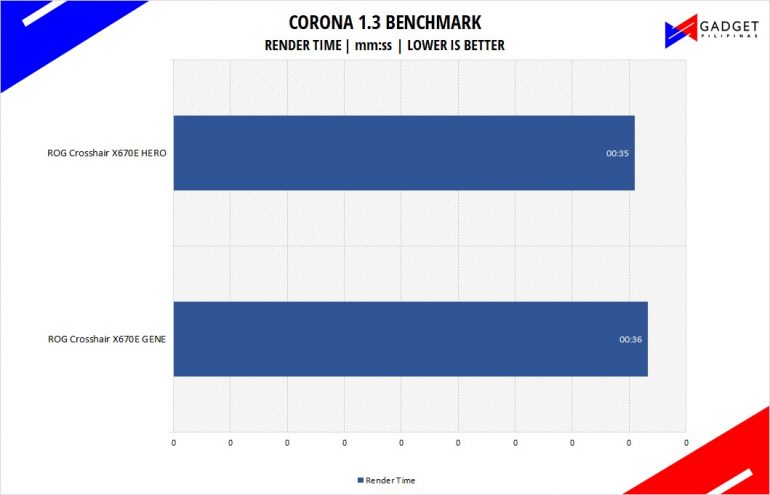
Corona Renderer is an unbiased photorealistic render available for Autodesk 3Ds Max, Maxon Cinema 4D, and as a stand-alone application. Its popularity, like Blender, led Chaos Group to develop a benchmark version of the app which runs using Corona Renderer 1.3. Workstation systems, especially CPUs, can utilize Corona Benchmark as up to 72 threads can be used in the benchmark, making it very suitable for CPUs with various price segments.
HANDBRAKE
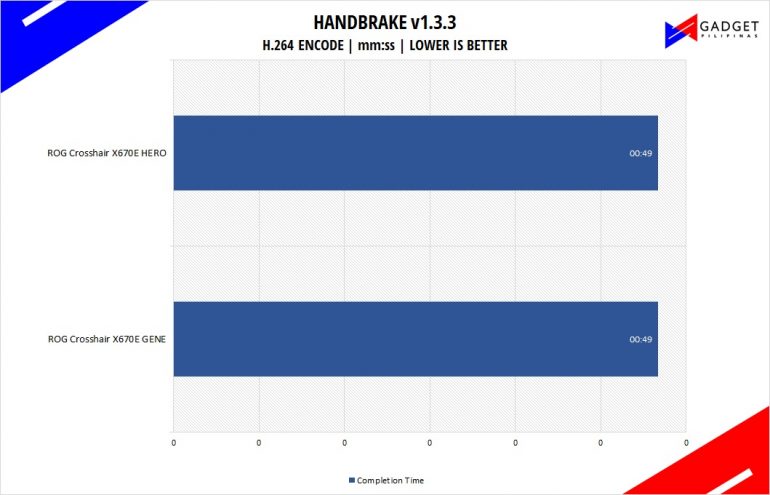
Handbrake is a top-rated open-source video conversion software that is used by professionals, enthusiasts, and even reviewers as a reference point mainly because of its wide variety of media codecs. The rise of streaming and blogging makes video content, both encoding, and transcoding important for these people, regardless of whether they’re seasoned professionals or just starting out. Handbrake also takes advantage of AVX-512 and OpenCL to accelerate certain types of media codecs. Our Handbrake benchmark converts a 500MB MP4 video to H.264 to measure the processor’s performance.
3DMARK
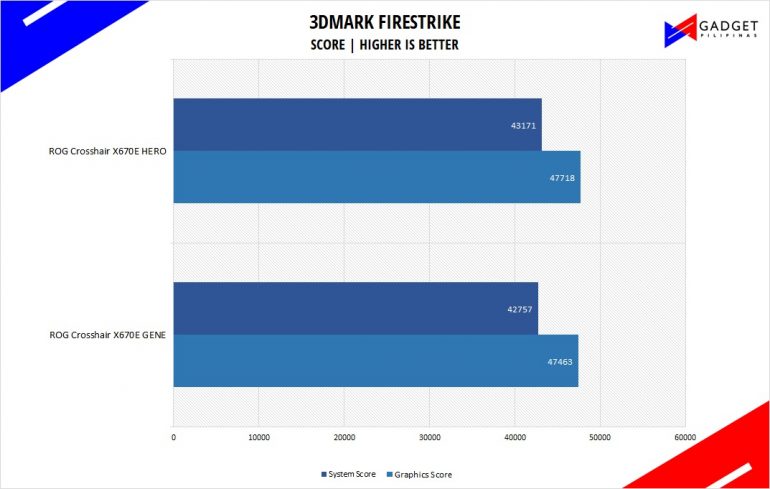
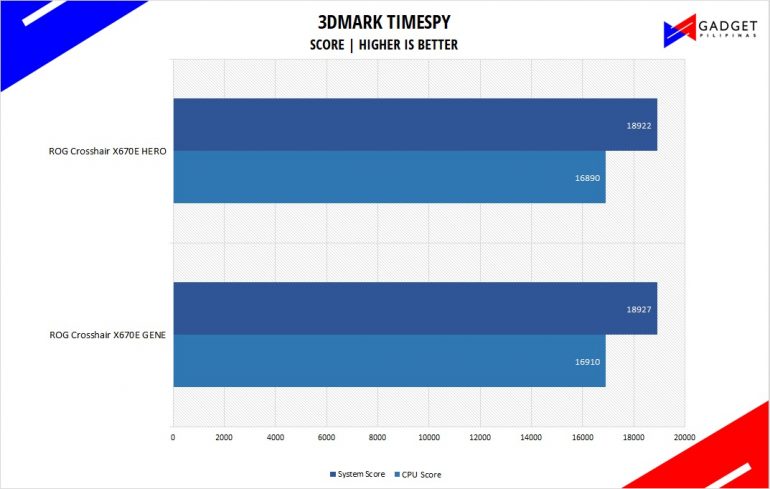
3DMark is the go-to benchmark for gamers because of the ability to share and compare results online. We tested the Intel Core i9 12900K both in Fire Strike and Time Spy to get a good gauge of DX 11 and DX 12 API performance.
UL PROCYON VIDEO EDITING
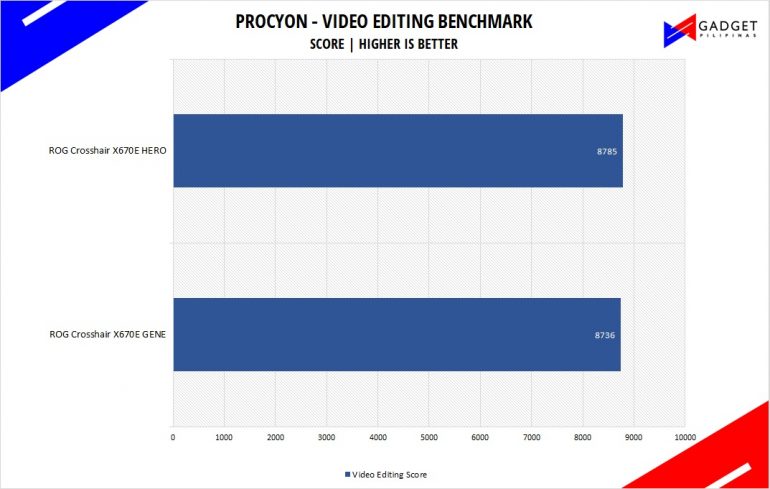
Procyon benchmark suite is developed by the UL, the same team behind 3DMark and PCMark benchmarks. The UL Procycon video editing benchmark uses Adobe Premiere in a typical video editing workflow. The benchmark starts by importing two video project files with various edits, adjustments, and effects – the second project uses several GPU-accelerated effects. Each project is exported in 1080p with H.264 encoding and again in 4K with HEVC H.265. The reported score is based on the time taken to export all four videos.
GOOGLE OCTANE 2.0
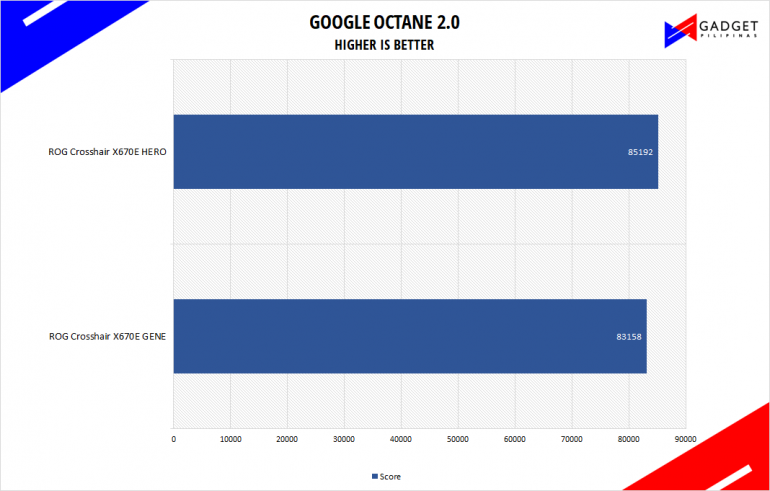
Google Octane 2.0 is a benchmark that measures a Javascript engine’s performance by running multiple tests representing different use cases of JavaScript applications. While Google Octane is retired and no longer maintained, it is still a good representation of today’s dynamic, interactive web applications. Our Google Octane 2.0 is run on Microsoft’s latest Chromium-based Edge browser.
ASUS ROG Crosshair X670E Hero UEFI BIOS
ASUS ROG Crosshair X670E Hero Thermals and Power Draw
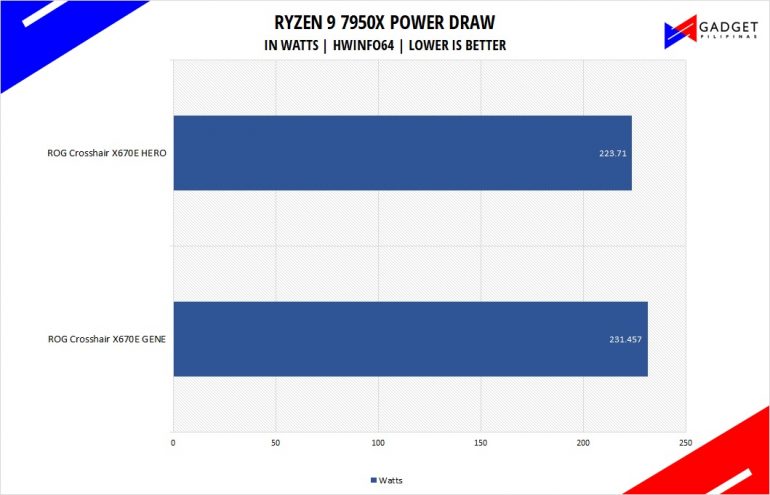
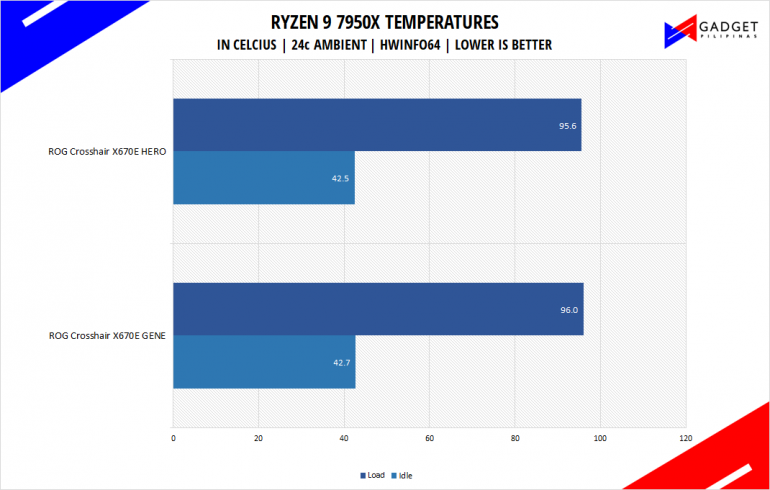
Thermals and power draw are what you would expect for the Ryzen 7000 series processors. Both the Hero and Gene models share a very similar power draw as the numbers are well within our margin of error.
Conclusion
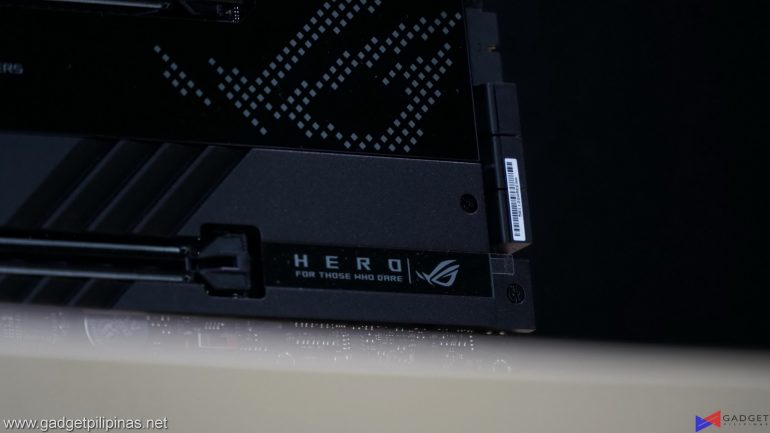
ASUS’ ROG Crosshair series has always been on the expensive side because of the premium and exclusive features found on these motherboards. To make things worse in the pricing standpoint, PCI-E Gen 5 and DDR5 contribute greatly to the ridiculous Php 41,420 price tag of the ROG Crosshair X670E Hero making it slightly cheaper than the flagship AMD Ryzen 9 7950X. We generally don’t recommend buying a motherboard that’s more expensive than your processor unless you have a clear upgrade path. The saving grace for the ROG Crosshair X670E’s price and the premium X670E motherboards in general is AM5’s supposed shelf life.
That said, the exclusive premium features already embedded on the ROG Crosshair X670E motherboard namely Dynamic OC Switcher, AI Cooling II, DDR5 cooling, USB 4, Q-Latch, Q-Release, and power solution make it an investment for those looking to stick to the AM5 Platform. The aforementioned features paired with the ROG Crosshair’s unparalleled build quality and reliability will be a great fit for those looking to get a solid board to carry future CPUs under the AM5 socket. Sure, you’re lashing out Php 41,420 today but you won’t feel the need to upgrade your board in the following generations as the ROG Crosshair X670E Hero already has top-of-the-line features, specs, & aesthetics that will surely not make your PC build feel outdated.

Grant is a Financial Management graduate from UST. His passion for gadgets and tech crossed him over in the industry where he could apply his knowledge as an enthusiast and in-depth analytic skills as a Finance Major. His passion allows him to earn at the same time help Gadget Pilipinas' readers in making smart, value-based decisions and purchases with his reviews and guides.

